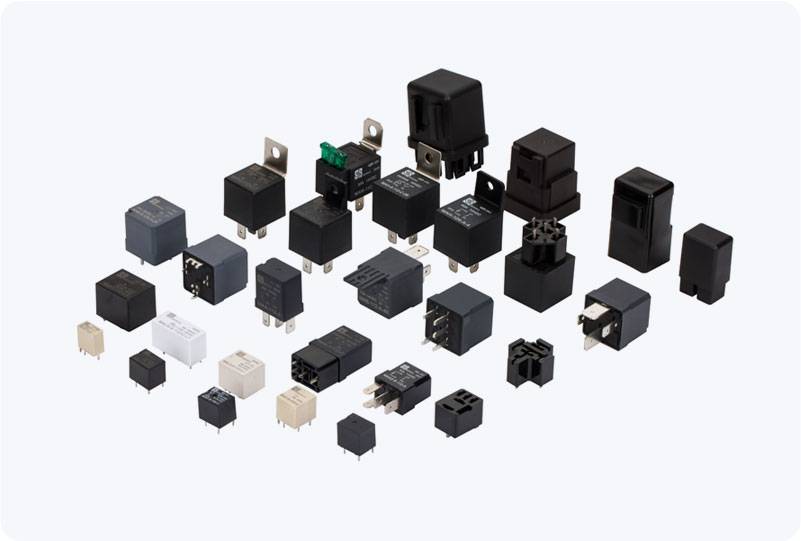the importance of insulation monitoring relay in electrical safety systems
Release time:2025-11-17 03:46:32
In the world of electrical engineering, ensuring the safety and reliability of electrical systems is paramount. One crucial device that plays a key role in maintaining electrical system safety is the Insulation Monitoring Relay (IMR). These relays are vital components used to monitor the insulation resistance of electrical systems, detecting any potential faults that may compromise system integrity. This article delves into the working principles, applications, and benefits of Insulation Monitoring Relays, shedding light on their importance in modern electrical safety systems.

What is an Insulation Monitoring Relay?
An Insulation Monitoring Relay is a device designed to monitor the insulation resistance of an electrical installation. It ensures that the insulation between the conductive parts of a system and the earth remains intact. In the event of a fault or deterioration in insulation, the relay alerts the user to take corrective action before a dangerous situation arises, such as electrical shock, fire, or damage to equipment.
How Does an Insulation Monitoring Relay Work?
Insulation monitoring relays typically measure the resistance between the electrical system's conductors (live or neutral) and the earth or ground. If there is a degradation in the insulation resistance—due to damage or wear—this could lead to a ground fault. The IMR continuously checks this insulation level, and if the resistance falls below a preset threshold, it triggers an alarm or shuts down the system to prevent further damage or danger.

